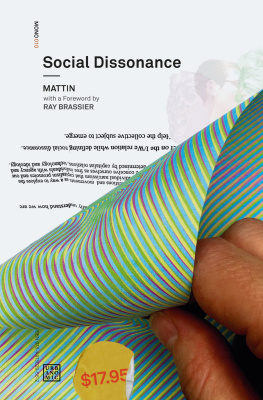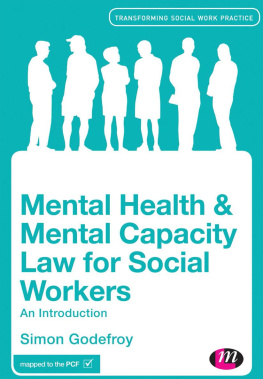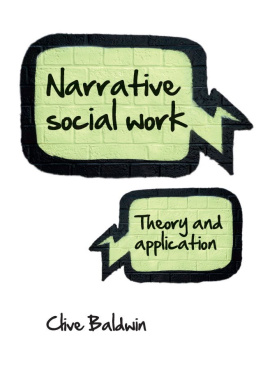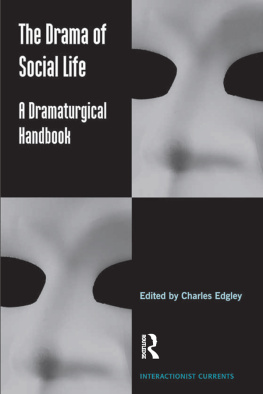Published in 2022 by
Urbanomic Media Ltd,
The Old Lemonade Factory,
Windsor Quarry,
Falmouth TR11 3EX
United Kingdom
Anti-Copyright
ISBN (Print Edition) 978-1-913029-81-4
www.urbanomic.com
d_r0
Foreword: Scoring Contradiction
RAY BRASSIER
[O]ur most intense approach to what is new about the old involves a sudden intuition of taboos and constraints, negatives, restrictions, prohibitions, reluctances and aversions. But these are not inherited dogma or aesthetic moralism, and have nothing to do with the respectable tastes and unexamined aesthetic good conduct of the conventional public sphere. They are new taboos; indeed, what is new about the Novum is less the work itself (whose most spankingly new innovations, in all their self-conscious Sunday pride, may well come to seem the most pitiably antiquated thing about it) than these new prohibitions, about which it would therefore be better to say, not that they tell you what not to do, but rather that they spell out what is no longer to be done; what you cannot do any more; what it would be corny to do again; or about which something (Socrates Daimon ) warns you that it is somehow not quite right and ought to be avoided, for reasons you yourself do not quite understand and may never fully grasp.
Fredric Jameson
If, as Mattin proposes, the movement from Schoenberg to Cage was the step from equality of tone to equality of sounds, what is the next threshold of equalisation? Or in terms borrowed from Jameson: What is no longer to be done in the realms of noise and free improvisation? Mattins response is uncompromising. Since structures of tone and sound cannot be abstracted from social structures, the gestures, codes, and conventions that have turned noise and free improvisation into recognisable genres are no longer to be done because they prevent us from seeing that the aesthetic liberation of tone and sound ultimately entails the social liberation of humanity. Mattins Marxism compels him to connect improvisations staging of freedom to freedoms social realisation. Yet while Marxism may rightly be seen as the most radical of egalitarian visions, it also suggests that legal equality and social equivalence mask the inequality of the capitalist class relation and the abstract domination of exchange value. Against this, communist freedom would realise equality as the society of nonequivalents, or the sociality of inexchangeables. Dissonance and noise are its negative prefiguration within a society where inequality remains the necessary condition of equivalence. The atonal and the aleatory index negative freedoms whose positive obverse can only be realised by abolishing the fundamental inequality of class together with the false equivalence of value. Thus, it is not just tone and score that are no longer to be done, but performer and performance as well. The concert form (staged or impromptu) and the performance venue (theatre, club, hall, gallery, cinema, warehouse) belong to an apparatus of commodification that cannot but reify whatever parcel of freedom or subversion might be experienced by participating individuals. The point however is not to seek a purer elsewhere, some space uncontaminated by commodification, but to turn commodified experience into an experience of commodification, or the experience of unfreedom. What is required, in Mattins words, is a suspension of clear-cut roles where people experience and explore their own conditioning, their unfreedom. This suspension permits the construction of the space of social dissonance, conceived as the contradiction between the commodified experience of the individual spectator or performer and the system of social relations enforcing this commodification. The articulation of this contradiction requires collaboration, but a collaboration whose principles must be collectively forged. Thus social dissonance must be scored, precisely because it does not sound like anything. This very unlikeness indexes hearings inextricable sociality: Mattin wants us to hear what the commodity form renders inaudible; what is inaudible in commodified experience. His wager is that the scoring of social dissonance rehearses an experience of unfreedom from whence the prospect of collective freedom might begin to be orchestrated, however dimly.
What does experience mean here? How does it relate to subjectivity? Mattin distinguishes three distinct but superposed strata of experience and subjectivity. First, subjective experience as neurobiological phenomenon, the embedding of a self-model within a representational systems world-model (following the work of Thomas Metzinger). Second, subjective experience as sapience or cognition: the subject as locus of apperceptive spontaneity in which representations are combined according to a rule or concept (following Kant and Sellars). Third, subjective experience as social self-consciousness, comprising an entire system of practices, beliefs, and norms in a contradictory totality (following Hegel and Marx). The first is the domain of the self as individual I or owner of experiences; the second, the realm of intersubjectivity, the space of dialogical exchange mutually implicating first- and third-person standpoints (as indexed by Kants I or he or she or it, the thing that thinks); the third, the dimension of collective social agency, wherein individual and collective are no longer opposed or even reciprocally implicating, but interpenetrating: Hegels I that is We and We that is I. (The subject of the unconscious traverses these three strata, but its workings defy any quick summary here.) However, where Hegel sought the reconciliation of personal and impersonal, individual and collective, in the institutions of bourgeois society (property, marriage, work, state, etc.), Marx exposes these as false conciliations masking the fundamental contradiction between the social production of wealth (cognitive as well as material) and its private accumulation. Capitalism tethers subjectivity to the property relation: to be a social subject is to be a proprietor, either of capital or of labour-power. The realisation of freedom, individual and collective, is stymied by this basic antagonism, locked between its poles. The construction of social dissonance ties this antagonism to the dynamic of alienation traversing the superposed strata of subjectivity: alienation from below, attributable to the dysfunction of the subpersonal mechanisms conforming awareness into the shape of the self; and alienation from above, imposed by the suprapersonal structures constantly personifying us. Personification interpellates the self as a proprietor of experience. By exposing this complicity between naturally mandated selfhood and socially mandated personhood, social dissonance aims to alienate us from the proprietary relation to the experience we call our own. Sandwiched between the sub- and supra-personal levels, cognitive subjectivity is constrained from below (by neurobiology) and conditioned from above (by ideology). But Mattins gambit is that it is also the medium in which both vectors of alienation can come to be recognisednot because they are transparent to consciousness, but precisely because conception itself registers the symptoms of the process through which the machineries of selfhood and personhood (neurology and ideology) screen themselves from self-consciousness. Between self and person, the subject of social dissonance emerges as the symptom of estrangement from socially mandated individuality. From this estrangement, something like class-consciousness becomes possible.
Thus, although the neurocomputational processes mapped by Metzinger (presentationality, globality, transparency) are no more conceptual in nature than the social forms anatomized by Marx (commodity, value, money, labour) they remain conceptually tractable. Conception gives us cognitive traction upon the forces shaping subjectivity, despite their nonconceptual character. Of course, this does not automatically endow us with the ability to act upon them. But it is a start, whereas ignoring them is surely a guarantee of practical impotence (Ignorance never yet helped anyone!, as Marx thundered to Weitling). By exposing the screening mechanism through which these forms and processes hide themselves, social dissonance does not just aim to make us conscious of them, as though this were sufficient for us to change them. In this sense, the estrangement or Ostranenie (Shklovsky) sought for in social dissonance differs from standard interpretations of what Brecht called the estrangement effect [ Verfremdungseffekt ]. The point is not just to present the machinery of representation or to integrate the conditions of presentation into what is presented. These once unsettling techniques of defamiliarisation have become overly familiar; they have become, in Jamesons terms, antiquated or even corny. Defamiliarisation presumes that becoming conscious of something motivates us to change it. But what is required is an estrangement of estrangement: a defamiliarisation that suspends the fixed positions from whence estrangement can be experienced as a spectacle because it exposes and indicts the social forms that underpin spectacles social contract. It is in this regard that the idea of noise retains its pertinence for Mattin:
Next page








